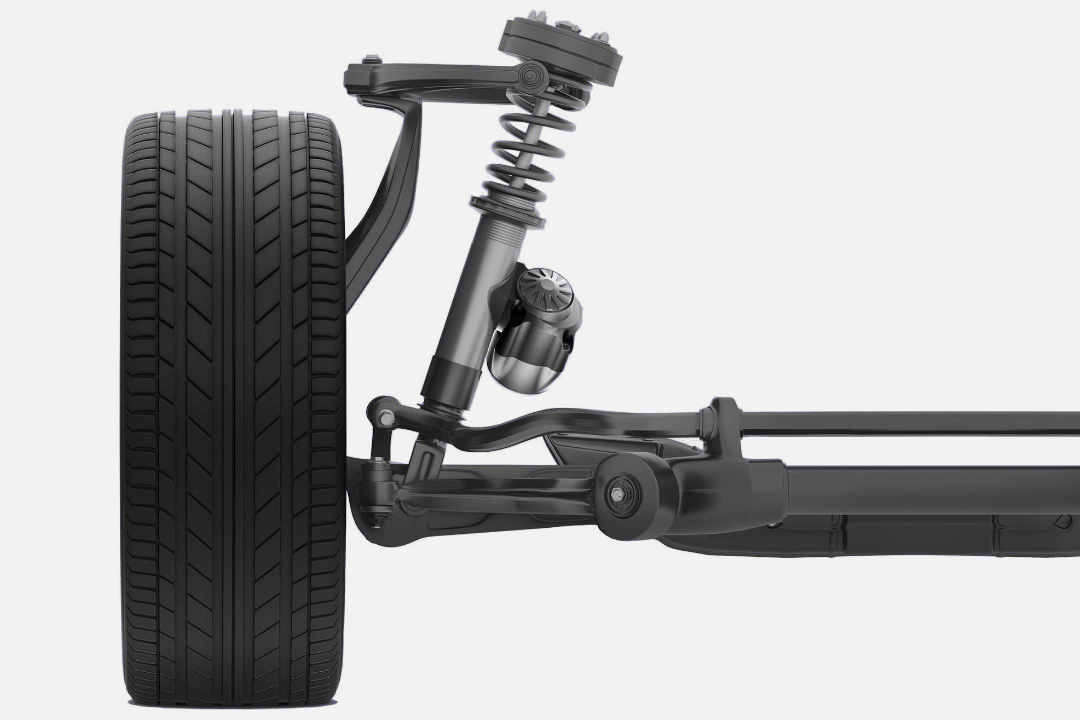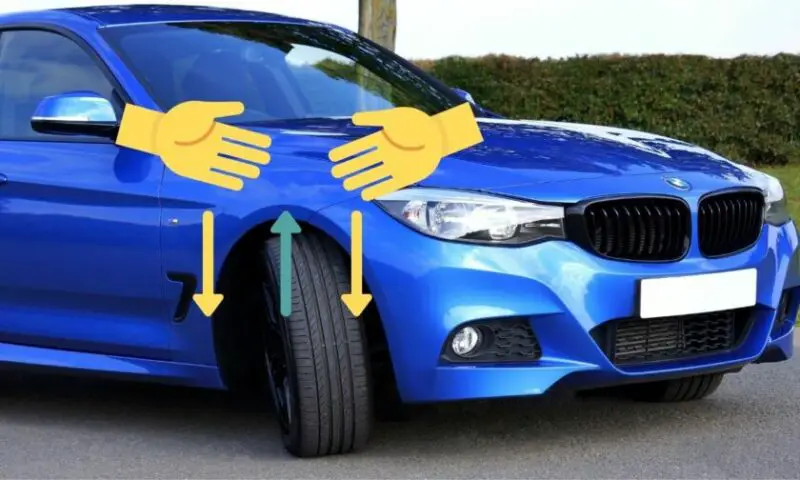Suspension squeaks, like screeching nails on a chalkboard, can drive any driver up the wall. They mar the tranquility of a smooth ride and can be a relentless source of frustration. If the unsettling creaks and groans have taken over your vehicle, fret not! This comprehensive guide will delve into the mechanics of suspension squeaks and guide you through an effective troubleshooting process, so you can silence the symphony of squeaks and restore your driving harmony.

Image: quietninjas.com
Diagnosing Suspension Squeaks: A Telltale Signs
The suspension system, a symphony of interconnected components, plays a crucial role in maintaining a smooth and comfortable ride. However, wear, tear, and environmental factors can cause these components to rub against each other, creating those dreaded squeaks. To pinpoint the source of the squeaks, pay attention to the following signs:
- Squeaks during bumps or uneven roads: Worn bushings, ball joints, or shock mounts can allow movement between suspension components, causing squeaks with every jolt.
- Squeaks when braking: Brake pads can rub against worn rotors or calipers, leading to a high-pitched squeak.
- Squeaks when turning: Worn or loose sway bar links can cause the sway bar to shift, rubbing against other components and creating a squeaking sound.
The Mechanics Behind Suspension Squeaks
To fully understand how to fix suspension squeaks, let’s embark on a brief technical journey. Squeaks typically arise from friction between two surfaces. In the context of suspension systems, this can occur at various contact points:
- Bushings: Rubber bushings absorb vibrations and connect suspension components, but worn bushings can allow excessive movement and cause squeaks.
- Ball Joints: Ball joints connect the control arm to the wheel hub, allowing for pivoting. Wear in the ball joints can introduce play, leading to squeaks.
- Shock Mounts: Shock mounts anchor the shock absorbers to the chassis. Loose or damaged mounts can allow the shock absorbers to move excessively, creating squeaks.
- Brake Pads: Brake pads press against rotors to slow down the vehicle. Worn or improperly installed brake pads can rub against the rotors, producing a high-pitched squeak.
Expert Tips: Silencing Suspension Squeaks
Addressing suspension squeaks is a task that combines technical knowledge and practical know-how. Professional mechanics recommend the following tips for a squeak-free ride:
- Identify the source: Before attempting any repairs, pinpoint the precise location of the squeaks using the diagnostic signs discussed earlier.
- Lubricate moving parts: Apply a silicone-based lubricant to bushings, ball joints, and shock mounts to reduce friction and prevent squeaks.
- Tighten loose components: Inspect and tighten any loose bolts, nuts, or sway bar links to eliminate play and squeaks.
- Replace worn components: If lubrication and tightening fail to resolve the squeaks, consider replacing worn components such as bushings, ball joints, or shock mounts.
- Consult a mechanic: If the squeaks persist or you are not comfortable performing repairs, seek the assistance of a qualified mechanic.

Image: www.carcarehacks.com
Frequently Asked Questions: Demystifying Suspension Squeaks
- Q: Can suspension squeaks compromise safety?
A: While suspension squeaks may be annoying, they generally do not indicate a safety issue. However, if squeaks are accompanied by other symptoms, such as vibrations or handling problems, it is advisable to seek professional inspection.
- Q: How often should I lubricate my suspension components?
A: Lubrication frequency depends on driving conditions and vehicle usage. A general recommendation is to apply a silicone-based lubricant every 6 months or 12,000 miles.
- Q: Can I use WD-40 to lubricate suspension components?
A: WD-40 is a versatile lubricant, but it is not designed for long-term lubrication of suspension components. It evaporates quickly and can attract dirt and debris.
How To Fix Suspension Squeak
Conclusion: The Symphony of a Smooth Ride
Suspension squeaks are a common annoyance that can disrupt the tranquility of your driving experience. By understanding the mechanics behind these squeaks and applying the tips outlined in this guide, you can effectively silence them and restore the harmony of your ride. Remember, addressing suspension squeaks is not only about eliminating annoying sounds but also ensuring a smoother and safer driving experience. With a little effort and know-how, you can turn every bump and uneven road into a squeak-free symphony.
So, are you ready to bid farewell to suspension squeaks and embrace the symphony of a smooth ride?